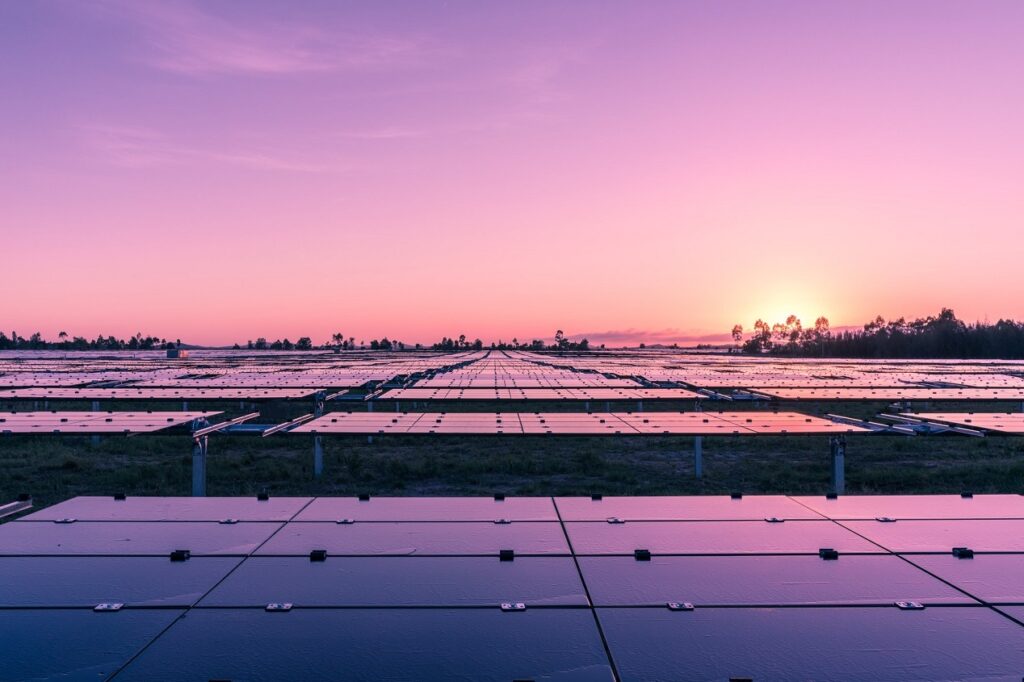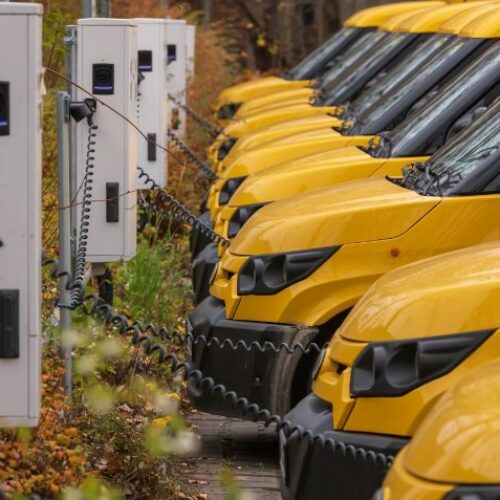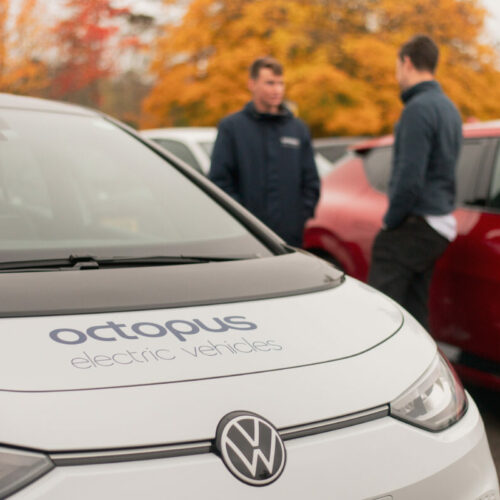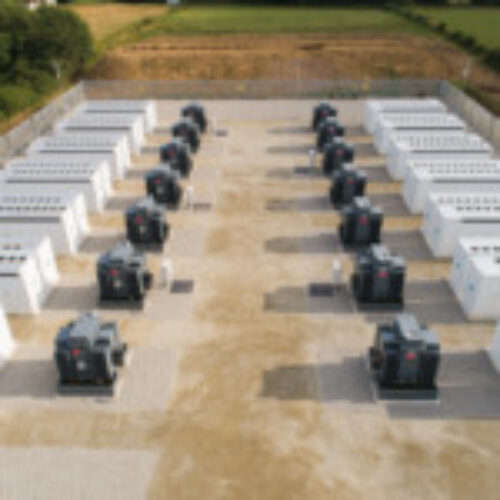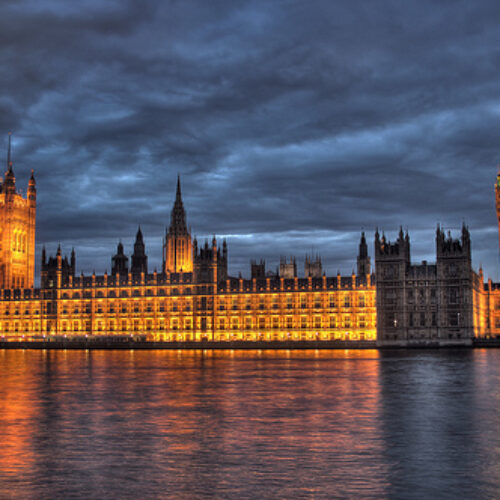Limiting the global temperature rise to 1.5°C by 2050 will require countries around the world to accelerate their efforts towards the energy transition “without delay” and scale up the development of clean energy resources at unprecedented levels, a new report has said.
Reaching net zero by mid-century means CO2 emissions must decline 3.5% year-on-year, on average – a rate that is “achievable but extremely challenging,” requiring action on multiple fronts, the analysis from the International Renewable Energy Agency (IRENA) said.
With new capacity additions patterns showing that renewables routinely outpace fossil fuels and nuclear combined, a vision of a new energy system is said to be emerging, based on renewable technologies and complemented by progress in areas such as green hydrogen. IRENA said this system is viable and “ready for accelerated and widespread adoption”.
According to the modelling, electricity generation must triple by 2050, with renewables providing 90% of the total supply. This ramp-up will involve a ten-fold increase in renewables capacity, with an average of 840GW of additions each year, driven by new solar PV and wind deployment.
This increased capacity will help unlock increased electrification to power end-use applications such as transport and heat. Indeed, transport is forecasted to see the most accelerated electrification in the coming decades, with electric vehicles to account for more than 80% of all road transport activity by 2050 (88% of the light-duty vehicles stock and 70% of heavy-duty vehicles).
The massive electrification in transport will be possible thanks to technological progress made in the production of batteries that has improved the economic case for electric vehicles in recent years. The report said that if ongoing cost reduction trends continue, the bulk of global road transport services “could be delivered cost-effectively with electric technologies” by 2050.
Meanwhile, green hydrogen is expected to emerge as one of the major end uses of electricity. By 2050, IRENA expects 30% of electricity to be dedicated to green hydrogen and the fuel’s derivatives such as ammonia and methanol. To produce this, almost 5,000GW of hydrogen electrolyser capacity will be needed, up from just 0.3GW today.
IRENA director-general Francesco La Camera said the window of opportunity to achieve the 1.5°C Paris Agreement goal is “closing fast”, with a “drastic acceleration” of energy transitions needed to make a meaningful turnaround.
As financial markets and investors shift capital into sustainable assets and major economies look to achieve carbon neutrality, La Camera is calling on governments to support the energy transition in their coronavirus bailout packages: “It is time to act, and countries can lead the way with policies for a climate-safe, prosperous and just energy system fit for the 21st century.”
